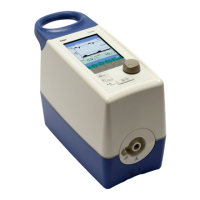Technical data
140 Instructions for use Carina SW 3.2n
Consequences of using an unsuitable network
If the network does not meet the requirements, dan-
gerous situations may result. The following situa-
tions may occur with this device:
– Due to an insecure distributed alarm system:
– Alarms are not transmitted.
– Alarms or data are transmitted with delays.
– False alarms are triggered.
– During an interruption to the network connec-
tion:
– Alarms are not transmitted.
– Suppressed alarms or alarm tones are not
reactivated, but remain suppressed.
– Without a firewall and anti-virus software:
– Data are not protected.
– Device settings are altered.
– The device generates false alarms or no
alarms at all.
– Data are not sent, are sent incompletely or are
sent to the wrong device.
– Patient data are intercepted, corrupted or dam-
aged.
– Data have incorrect time-stamps.
– Overloading of the device due to a very high
network load (e.g., as a result of Denial-Of-Ser-
vice attacks) may result in temporary deactiva-
tion of the interface.
Required electrical characteristics of con-
nected devices and networks
The serial interface is only suitable for connecting
devices or networks that have a nominal voltage of
24 V DC maximum on the network side and meet
the requirements of one of the following standards:
– IEC 60950-1: Ungrounded SELV circuits
– IEC 60601-1 (as of 2nd edition): Touchable
secondary circuits

